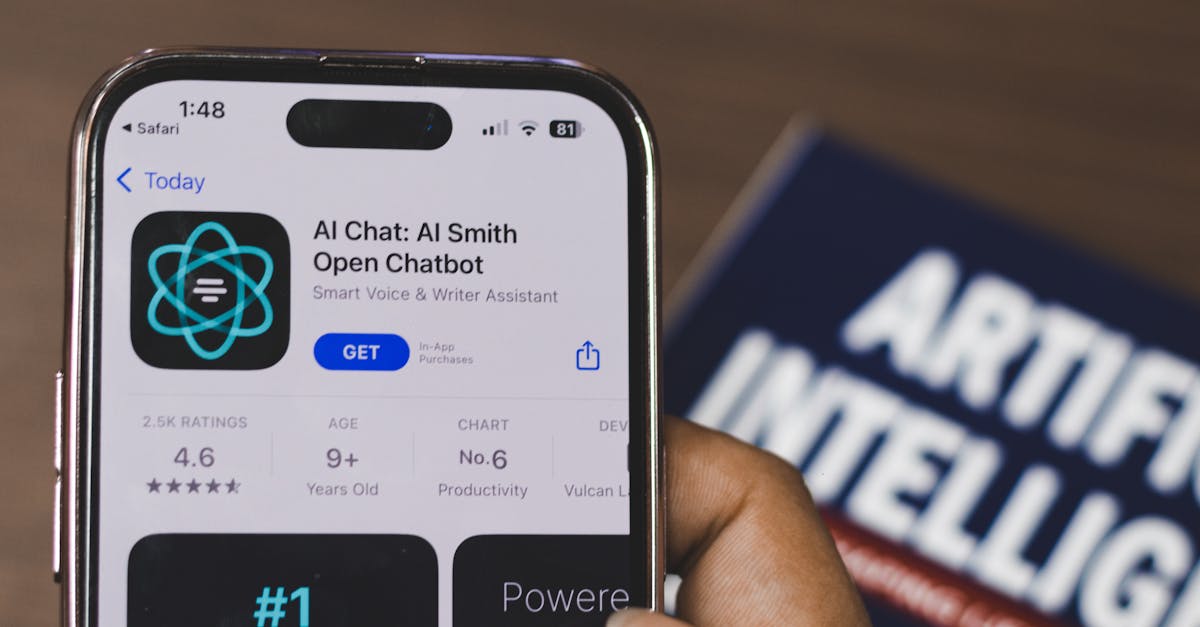
Introduction
In recent months, the FBI has launched an investigation into a sophisticated AI voice scam that successfully impersonated key figures in the White House, including the Chief of Staff. This technological scam has raised alarms within cybersecurity and political circles, highlighting vulnerabilities in voice authentication systems. The impersonation involved using deepfake voice technology to replicate the speech patterns and intonations of top officials, tricking unsuspecting targets into revealing sensitive information. With AI technology advancing at a rapid pace, the implications of such scams are far-reaching and concerning. This article delves into the particulars of this investigation, examining how the scam was orchestrated and its potential impact on both political security and privacy. As we navigate an increasingly digital world, safeguarding against such threats becomes paramount.
Understanding AI Voice Scams
AI voice scams involve using machine learning algorithms to generate synthetic speech that closely mimics the voice of an actual person. These scams have evolved with technology, leveraging deepfake techniques that create realistic voice replicas from audio samples. The perpetrator supplies brief audio clips and AI tools construct a comprehensive voice model that can dictate scripted content. Unlike text scams, voice scams tap into the credibility associated with familiar voices, making the deception more convincing and difficult to detect. As AI continues to advance, the fidelity and accessibility of these voice mimicking technologies are expected to improve, heightening risks worldwide.

Solen Feyissa/Pexels
The Mechanics of the Impersonation
In this case, the scam involved duplicating the voice of the White House Chief of Staff, a high-ranking official expected to have access to sensitive government information. Using only a few publicly available voice samples, the scammers crafted an AI-generated voice clone capable of engaging in convincing dialogues with unsuspecting victims. Precision in capturing the speech rhythm and tonal nuances played a pivotal role in making the impersonation seem authentic. Crucially, the scam leveraged technology's ability to operate across global networks, allowing perpetrators to execute their con regardless of geographic location, complicating investigative efforts.
Targets and Tactics
The scam targeted individuals and entities with potential access to confidential information, including government officials, contractors, and potentially journalists. Call recipients were engaged in conversations seemingly initiated by the White House Chief, skillfully navigating discussions toward sensitive subjects. Such tactics often exploit the perceived authority and urgency of the impersonated voice, automating responses to continue steering conversations. This approach underscores the significance of verifying caller identities, particularly when discussing classified information. Heightened awareness and vigilance play critical roles in recognizing and thwarting potential scams.
The Role of Cybersecurity Experts
The unfolding investigation has enlisted the expertise of cybersecurity professionals, who employ innovative strategies to detect the origins and methodology of the voice scam. Their primary objective is to dismantle the technological framework used by scammers and establish preventative measures. The multidisciplinary approach includes reverse-engineering the AI model, tracing digital footprints, and identifying software vulnerabilities. Cybersecurity teams are also tasked with formulating advanced tools capable of distinguishing between authentic and synthetic voices, reinforcing security infrastructure for both private and governmental communications.
Legal and Ethical Implications
The investigation highlights pressing legal and ethical dilemmas arising from the misuse of AI technologies. As deepfake capabilities become mainstream, so too do questions about regulating AI applications and protecting individuals' right to privacy. Enacting comprehensive legislation that covers the creation and dissemination of deepfake content is essential. Yet, establishing legal precedents and international cooperation remains a significant challenge. Ethical considerations surrounding consent and transparency are equally pertinent, necessitating ongoing dialogue among policymakers, technologists, and ethicists to safeguard public trust.
Global Response and Collaboration
Addressing the widespread risk posed by AI voice scams demands a coordinated international response. Government agencies worldwide must collaborate to share intelligence, resources, and proactive strategies for combating cybercrime. Global cooperation and standardized protocols can help navigate jurisdictional challenges inherent in cross-border scams. Importantly, discussions must also occur across industry sectors to secure technological advancements against misuse while fostering innovation. By promoting security-centric developments, the global community can fortify defenses and empower individuals against AI-fueled deceptions.
The Path Forward
With the ongoing FBI investigation shining a spotlight on AI voice scams, the path forward requires a robust and multifaceted strategy. Education and public awareness campaigns are crucial, empowering individuals to recognize and report suspicious activities. Furthermore, advancing AI technology responsibly involves ensuring transparency in development processes and minimizing opportunities for exploitation. Enhanced cybersecurity measures, bolstered by innovative technological solutions, cement foundational defenses. Engagement with regulatory bodies and cross-sector partnerships further ensure adaptive strategies in facing emergent threats. Together, proactive efforts chart a safer course for AI’s integration into daily life.
Proactive Measures for Individuals
Individuals can adopt proactive measures to safeguard against AI voice scams and similar threats. Verifying the authenticity of calls, especially those alleging authority, is crucial—authentication involving callbacks to recognized numbers or official verification methods can help dispel uncertainties. Using advanced caller ID and AI-based fraud detection tools enhances personal security. Engaging in secure communication practices, such as encrypting sensitive information and using trustworthy platforms, offers additional protection. By remaining informed and vigilant, individuals assume an active role in fortifying defenses against emerging cyberthreats.
Conclusion
The FBI's investigation into the AI voice scam impersonating the White House Chief highlights significant challenges faced in today's digital landscape. By mimicking trusted voices, scammers exploit psychological trust and technology simultaneously, stripping away traditional security layers. Addressing the implications requires a concerted effort among governments, industries, and individuals to bridge technological gaps and steer AI's progress positively. In doing so, we can enhance protective measures and champion ethical practices, ensuring citizen safety remains paramount as AI continues its transformative journey. Through collaboration, innovation, and vigilance, potential scams can be anticipated and effectively mitigated, safeguarding our interconnected world.